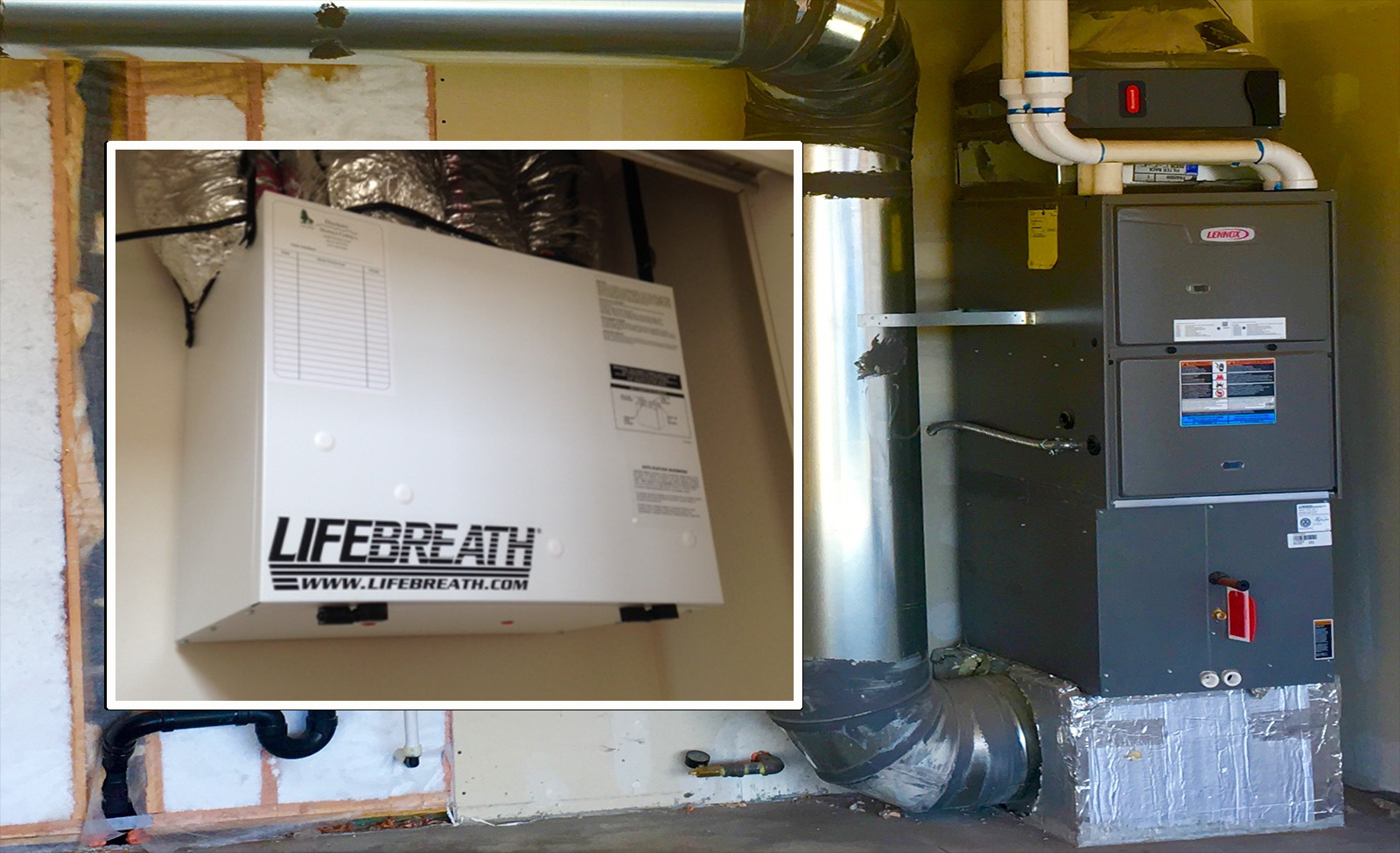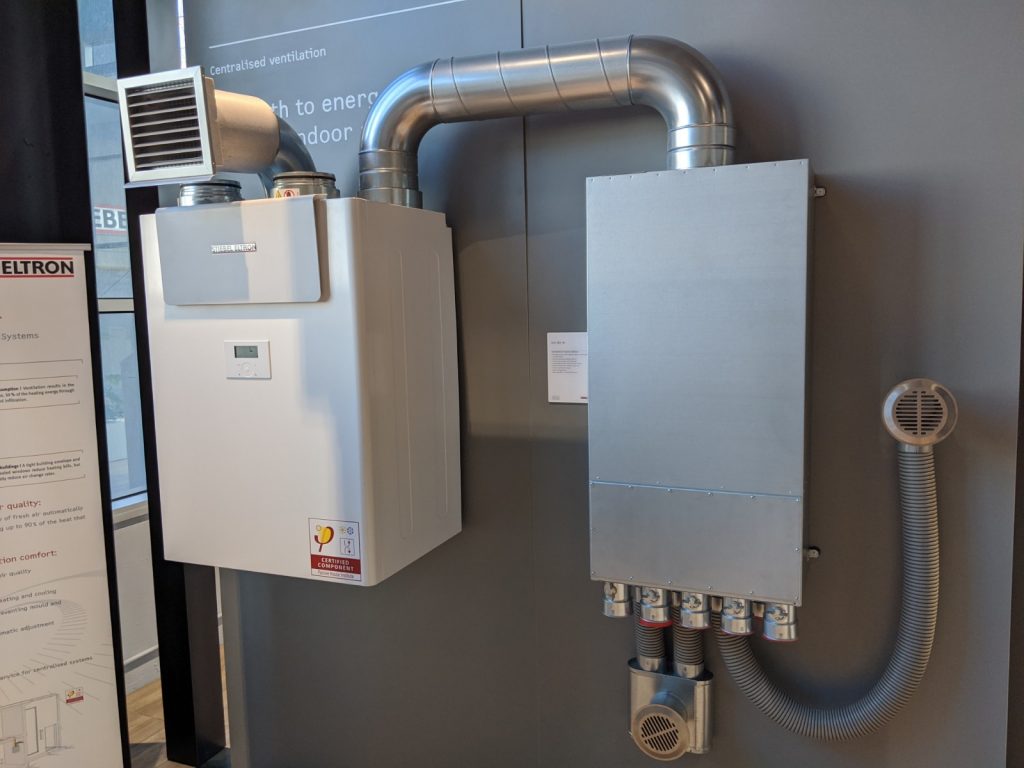The All-Inclusive Guide to the Uses of Heat Recovery Ventilation in Modern Structures
Heat Recovery Ventilation (HRV) systems represent a considerable development in building modern technology (HRV Heat Recovery Ventilation). They offer an approach for trading stale interior air with fresh outdoor air while reducing energy loss. This approach not just boosts indoor air top quality but likewise adds to power effectiveness in both domestic and industrial buildings. Comprehending the different applications and advantages of HRV can expose its essential function in contemporary style and sustainability efforts. The ramifications of this modern technology are worth discovering further
Recognizing Heat Recovery Ventilation Solutions

Although several modern-day structures prioritize power efficiency, understanding warmth healing air flow (HRV) systems is important for enhancing indoor air high quality and lowering energy consumption. HRV systems work by transferring warmth from stagnant indoor air to inbound fresh air, effectively maintaining comfy indoor temperature levels while decreasing energy loss. These systems contain a heat exchanger, fans, and ductwork that help with the circulation of air. Throughout wintertime, HRV units capture and reuse warmth from the outgoing air, while in summertime, they can assist cool down incoming air. By continually exchanging air, HRV systems also reduce moisture and the concentration of indoor toxins. Proper installment and maintenance of HRV systems are vital for their efficiency and effectiveness in enhancing overall structure performance and convenience.
Advantages of Heat Recovery Ventilation
Heat recovery ventilation systems supply numerous advantages that improve both energy efficiency and interior air quality in modern-day structures. By recording and recycling energy from exhaust air, these systems considerably minimize heating and cooling expenses, bring about lower energy consumption. They preserve a constant flow of fresh exterior air, minimizing the danger of indoor air pollutants and irritants. This constant exchange aids regulate humidity degrees, avoiding mold and mildew development and making certain a much healthier living setting. Additionally, HRV systems add to sustainability goals by lowering overall carbon impacts. Their capability to maximize air flow without compromising thermal convenience makes them a beneficial enhancement to contemporary building layout, advertising both financial and ecological advantages.
Applications of HRV in Residential Buildings
As house owners significantly prioritize energy efficiency and interior air quality, the applications of warmth recovery air flow (HRV) systems in household buildings have actually become more common. HRV systems are specifically beneficial in snugly secured homes, where keeping fresh air circulation is crucial for avoiding dampness buildup and indoor pollutants. They properly transfer warm from outward bound stale air to incoming fresh air, minimizing energy prices associated with cooling and heating. Furthermore, HRVs can enhance comfort levels by managing humidity and temperature level. They are likewise adaptable for numerous property layouts, consisting of single-family homes and multi-unit buildings. In general, integrating HRV systems sustains sustainable living methods while guaranteeing a much healthier indoor setting for residents.
HRV in Commercial and Commercial Settings
In commercial and industrial settings, find here the implementation of warmth recuperation ventilation (HRV) systems has come to be significantly vital for enhancing energy performance and keeping air high quality. These systems properly transfer heat from exhaust air to inbound fresh air, decreasing the need for added home heating or cooling. This not just lowers energy costs however also adds to sustainability campaigns. Industries such as production, warehousing, and office structures profit considerably from HRV systems, as they aid regulate temperature level and humidity degrees, making sure a comfortable and effective environment. Additionally, HRV systems help in eliminating impurities and excess moisture, improving indoor air high quality. As regulations around click for source air quality come to be stricter, the adoption of HRV technology is likely to expand, making it an essential component of modern-day business and industrial infrastructure.
Future Fads in Heat Recovery Ventilation Modern Technology

Often Asked Questions
How Does Heat Recovery Ventilation Impact Indoor Air High Quality?
Heat recovery ventilation considerably enhances indoor air high quality by continuously trading stale interior air with fresh outdoor air while recovering energy. This process minimizes contaminants, preserves optimal humidity levels, and assures a much healthier atmosphere for passengers.
Can HRV Systems Be Set Up in Existing Buildings?
HRV systems can undoubtedly be mounted in existing buildings. Retrofitting might need alterations to ductwork and ventilation designs, yet it considerably boosts energy performance and indoor air top quality, making it a feasible alternative for older structures.
What Upkeep Is Required for HRV Systems?

Are There Certain Climates Where HRV Is Much More Effective?
Heat recovery ventilation systems are specifically efficient in climates with substantial temperature level distinctions in between periods. These systems enhance energy effectiveness by recovering heat from exhaust air, making them excellent for both cold and reasonably cozy environments.
Exactly How Do HRV Systems Affect Power Costs?
